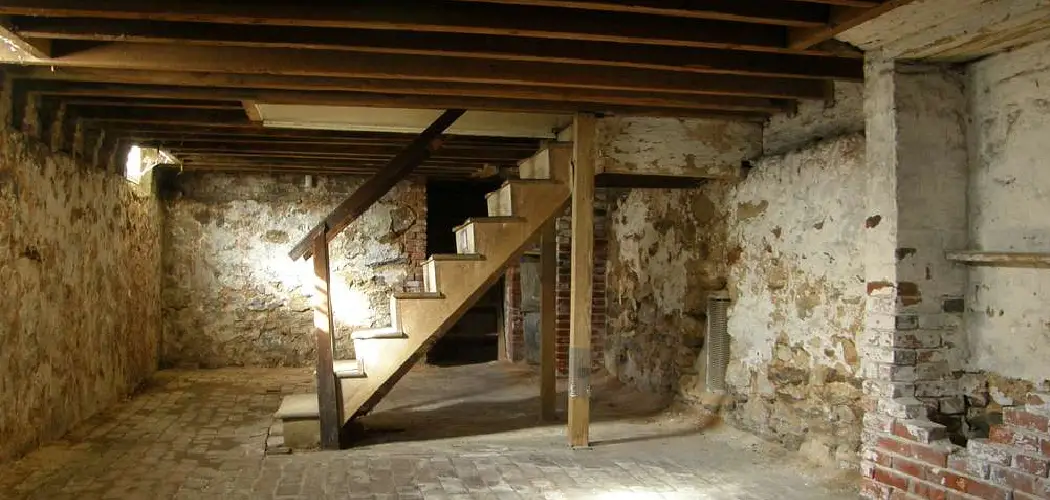Are you looking for an easy way to transform your dull, concrete basement walls into something more exciting? Adding a fresh coat of paint is one simple solution, but you can also get creative by bringing color and texture to these oft-forgotten spaces.
With just a few inexpensive materials and the right know-how, covering your basement walls with vibrant fabrics or wall coverings is a great way to makeover any space – quickly!
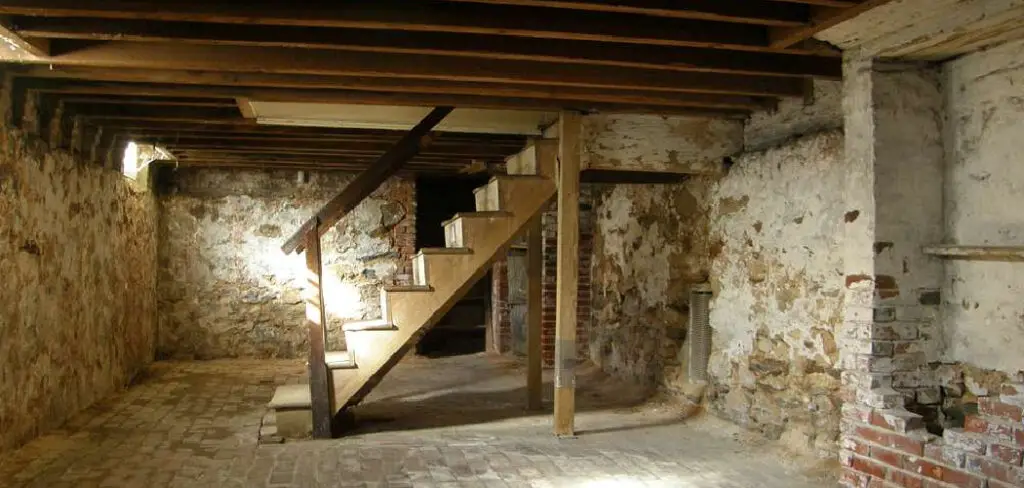
In this blog post, we’ll provide some tips on how to cover concrete walls in basement. Read on to learn the basics of transforming those chilly concrete walls into inviting spaces in no time!
What Is the Best Wall Covering for Basement Walls?
When it comes to covering concrete walls in a basement, there are many different options that can make the space look great. The best wall covering for basement walls will depend on your individual needs and preferences. Some of the most popular choices include:
1. Drywall
Drywall is a classic choice for finishing basement walls, as it provides a relatively inexpensive way to create finished looking walls quickly and easily. You can also paint drywall surfaces or add wallpaper for some decorative flair.
2. Beadboard
Beadboard is another popular option for wall coverings in basements, especially if you want to give your space a traditional cottage-style feel. It’s available in painted wood paneling, vinyl, or PVC panels.
3. Wall Paneling
For a more modern look, wall paneling is a great option for covering concrete basement walls. You can find paneling in many different materials, such as wood and even metal.
4. Stucco
If you’re looking to add some texture and color to your walls, stucco is an excellent option. Stucco can be painted over or mixed with other colors to give your walls an interesting finish that will stand out against the grey concrete.
5. Plaster
Plaster is another great option if you want a textured surface on your walls that can also be painted over for color and design variations. It’s also much more durable than drywall, so it’s perfect for high-traffic areas.
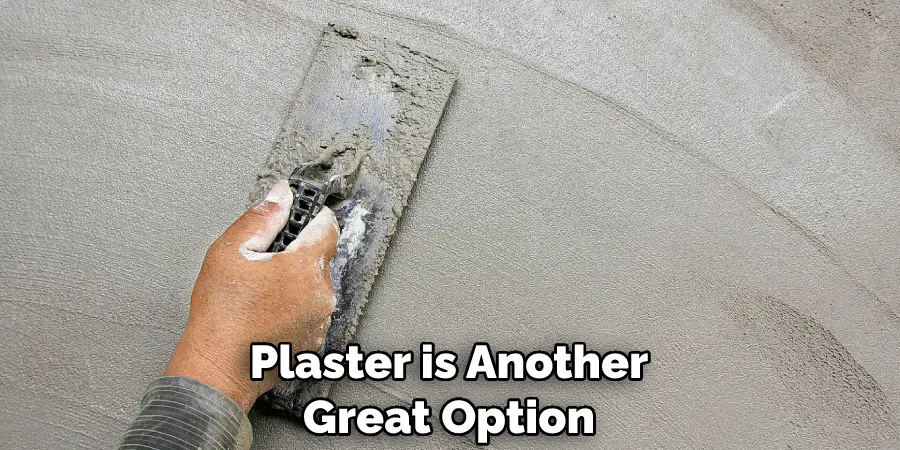
No matter what type of wall covering you choose, make sure to properly prepare the surface before installation. This includes filling in any cracks or holes with a suitable filler and ensuring that the wall is clean and dry.
10 Methods How to Cover Concrete Walls in Basement
1. Clean the Walls
Before covering the walls, it is important to clean them thoroughly. Use a wire brush or a power washer to remove any dirt, dust, or debris from the walls. This will help ensure that the new covering adheres properly to the walls. However, it is important not to use too much pressure when cleaning, as this could damage the walls.
While cleaning, you should also inspect the walls for any cracks or damage that might need to be repaired before applying a covering. Although patching up any damage can take some extra time, it is important to ensure that the covering will stay in place without any issues.
2. Apply a Sealant
After cleaning the walls, apply a sealant to the surface. This will help prevent moisture from seeping into the walls and causing damage. There are various types of sealants available, so be sure to choose one that is appropriate for your specific type of concrete wall.
Once the sealant has been applied, you should wait a few days before moving on to the next step. This will give the sealant time to dry and create a barrier that can protect the walls from moisture.
3. Install Furring Strips
Furring strips are thin pieces of wood that are used to create a gap between the concrete wall and the covering material. This gap helps to prevent moisture buildup and improves insulation. Install the furring strips by attaching them directly to the concrete wall using concrete screws.
Make sure the furring strips are level and straight. If desired, you can also add a layer of foam insulation between the concrete wall and the furring strips. Try to leave a gap of at least 3/4 inch between the furring strips and the wall to allow for proper ventilation.
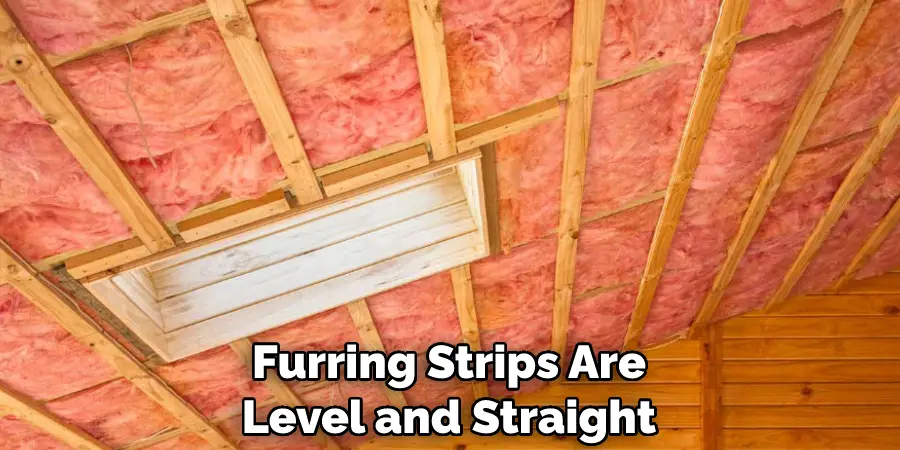
4. Add Insulation
Once the furring strips are in place, add insulation to the space between the concrete wall and the covering material. There are various types of insulation available, so choose one that is appropriate for your specific needs. Be sure to install the insulation in line with local building codes.
Insulation can help to reduce the energy costs associated with heating and cooling your basement, as well as make the space more comfortable. Although insulation is optional, it is a good idea to include it in your coverage project.
5. Install Drywall
Drywall is a popular choice for covering concrete walls in a basement. Cut the drywall to size and attach it to the furring strips using drywall screws. Be sure to leave space for any electrical outlets or switches. Use a drywall knife or jointing tool to coat the seams with drywall compound, then sand it down and paint for a finished look.
If you’re not confident in your drywall skills, it’s best to hire a professional contractor. However, if you’re feeling up to the challenge, a little drywall know-how can go a long way in creating an attractive finished product.
6. Use Paneling
Another option for covering concrete walls in a basement is to use paneling. Paneling is available in a variety of materials, including wood, PVC, and MDF. Install the panels directly onto the furring strips using paneling nails or screws. Paneling can be used to add texture and a decorative element to the walls and is easy to install.
Be sure to seal any seams with caulk to prevent moisture from entering the wall. Additionally, choose paneling materials that are mold-resistant and waterproof to ensure the walls remain safe and sound.
7. Install Wallpaper
If you prefer a softer look for your basement walls, consider installing wallpaper. Choose a wallpaper that is appropriate for the type of concrete wall you have, and follow the manufacturer’s instructions for installation. If you are working with a painted concrete wall, be sure to use wallpaper that is designed for this type of surface.
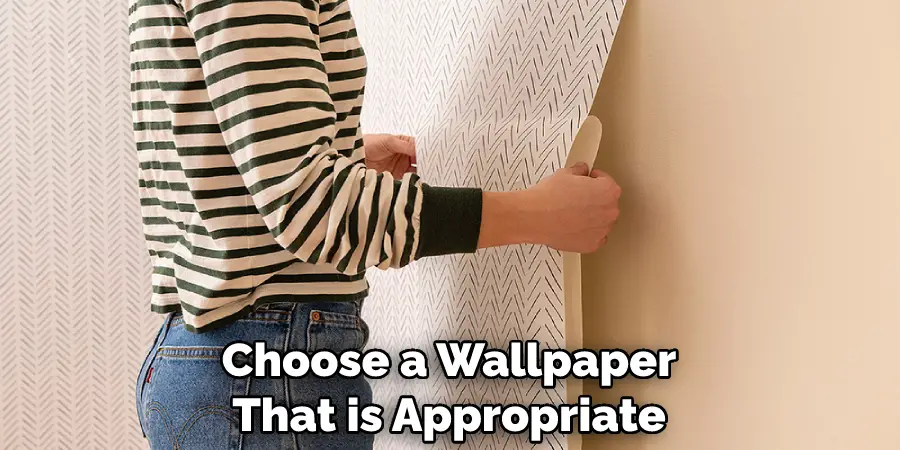
You can also opt for wallpaper that is designed to be painted, which can be a great way to add color and texture to your basement walls. Be sure to properly prime the wall before installing the wallpaper for the best results. When you are finished, use a sealant to protect your wallpaper and ensure it lasts as long as possible.
8. Use Fabric
Fabric can also be used to cover concrete walls in a basement. Stretch the fabric over the furring strips and staple it into place using a staple gun. Be sure to choose a fabric that is durable and can withstand moisture. Additionally, opt for a fabric with patterns or texture so that it will not look dull and boring.
Once the fabric is in place, you can add additional decoration, such as wall decals, for a unique look. Another option is to use spray adhesive to attach fabric directly onto the wall, although this may not be as sturdy and will require more work to keep it looking neat.
9. Apply Stucco
Stucco is a popular choice for covering exterior concrete walls, but it can also be used in a basement. Apply stucco directly onto the concrete wall using a trowel. Be sure to follow the manufacturer’s instructions for application and allow the stucco to dry completely before painting or adding any other finishes.
Stucco is a durable and long-lasting choice for covering concrete walls in basements, but it can be difficult to repair if it becomes damaged. If you choose stucco for your basement walls, be sure to take extra care when installing it.
10. Install Wall Tiles
Wall tiles are another option for covering concrete walls in a basement. Choose a type of tile that is appropriate for the space, such as ceramic or porcelain. Install the tiles using tile adhesive and grout.
Be sure to choose a grout that is appropriate for your specific type of tile. If you are installing natural stone tiles, you may need to use a sealant for extra protection against moisture. When tiling a wall, it is important to start from the bottom and work your way up.
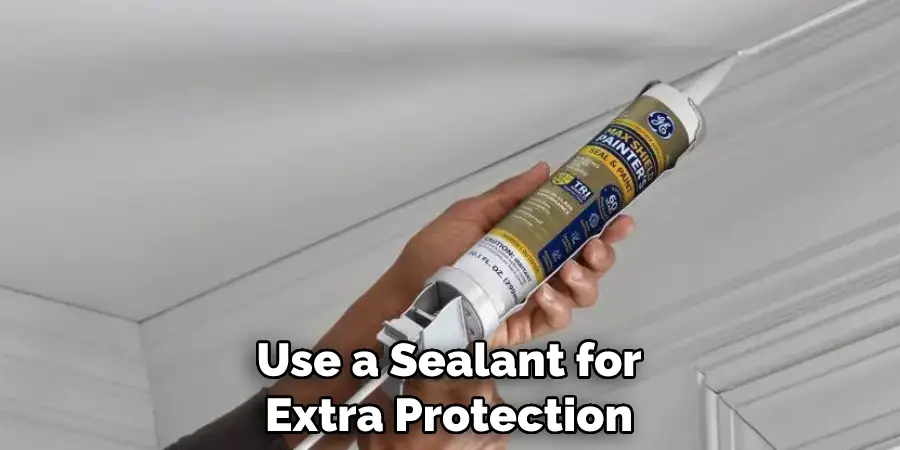
Conclusion
It is possible to transform plain, cold concrete walls in the most unexpected way. With careful planning, creativity and the right materials, you can completely alter a basement space in an amazing way. Covering concrete walls with leather panels, stenciled artwork or fabric wall hangings is just one of the many ways to transform a room into something unique.
From textured plaster finishes to pallet board skirting and paneling, there are countless options for giving your basement a refreshed look. We hope this guide on how to cover concrete walls in basement was helpful. Please share it with your friends on social media if you find it useful. And be sure to check back here soon for more informative guides like this one.

